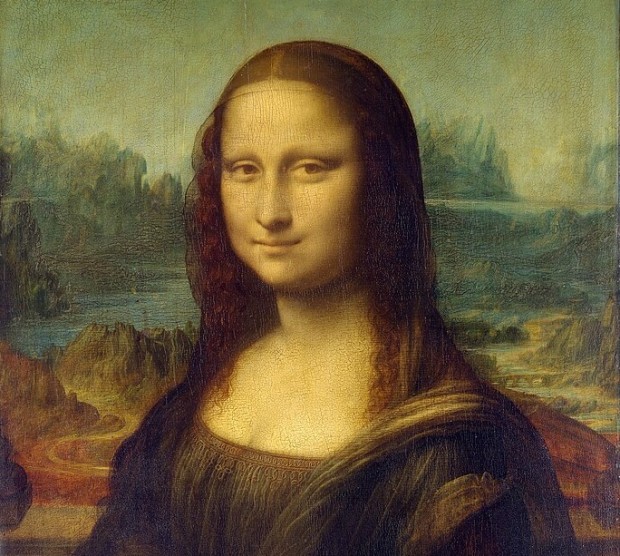The identity of the Mona Lisa is not the famous painting's only mystery. Recently, geologist Ann Pizzorusso suggested she may have discovered its setting.
Pizzorusso is not the first to guess where the Mona Lisa is set, with art historians having previously suggested Bobbio and Arezzo. She is likely the first geologist, however, and rather than focusing on the "fungible" arched bridge behind the Mona Lisa, Pizzorusso turned her attention to the geological formations in the background.

Based on the grey-white rocks and the lake, which she believes to be Lake Como, she posits that the painting may depict the Mona Lisa in Lecco in Lombardy. "If you look in the background, you'll see pinnacles. It's a type of erosion that happens in limestone that has fractures in it and breaks off in blocks, almost like a sawtooth pattern... We can show limestone exists in (Lecco). When you look at the Mona Lisa, there's a series of mountains in the background that have this sawtooth pattern," says Pizzorusso. She adds: "If you look behind her you have the elongated glacial lakes that have a particular form like fingers. Because when the glacier moved it scoured out certain pieces of land."
Initially completing a degree in geology, Pizzorusso later developed an interest in art history, specializing in works from the Renaissance and of Leonardo Da Vinci. She first had her suspicions about the Mona Lisa's location about three decades ago, but only recently presented her findings in public, encouraged by art historian Jacques Franck, formerly a Da Vinci consultant at the Louvre.
Pizzorusso's theory is not without detractors: Da Vinci scholar Martin Kemp believes that although the painter depicted the natural world accurately, that is no reason to believe that he painted "actually specific, identifiable landscapes."
Pizzorusso remains convinced, however, saying: "Art historians said Leonardo always used his imagination, but you can give this picture to any geologist in the world and they'll say what I'm saying about Lecco. Even a non-geologist can now see the similarities."